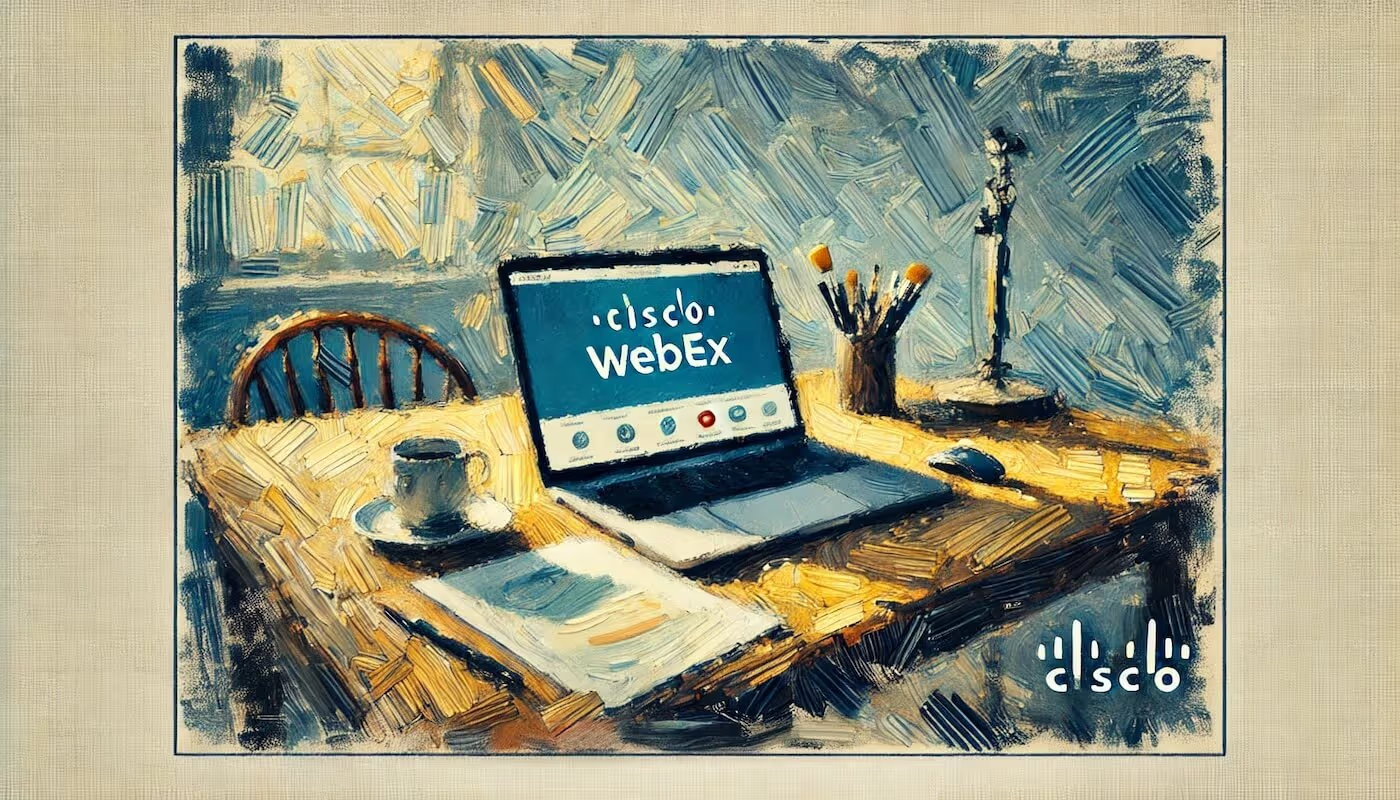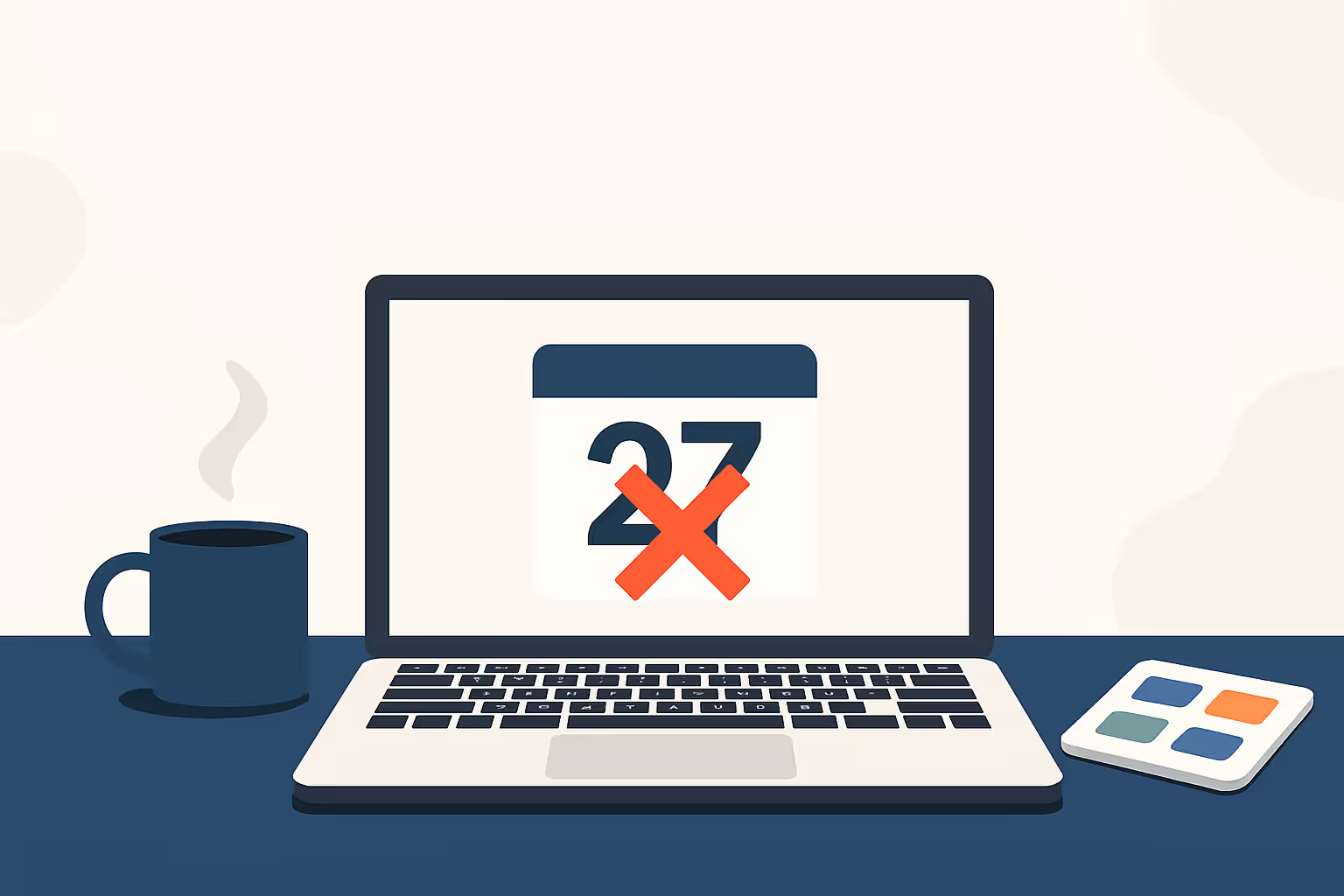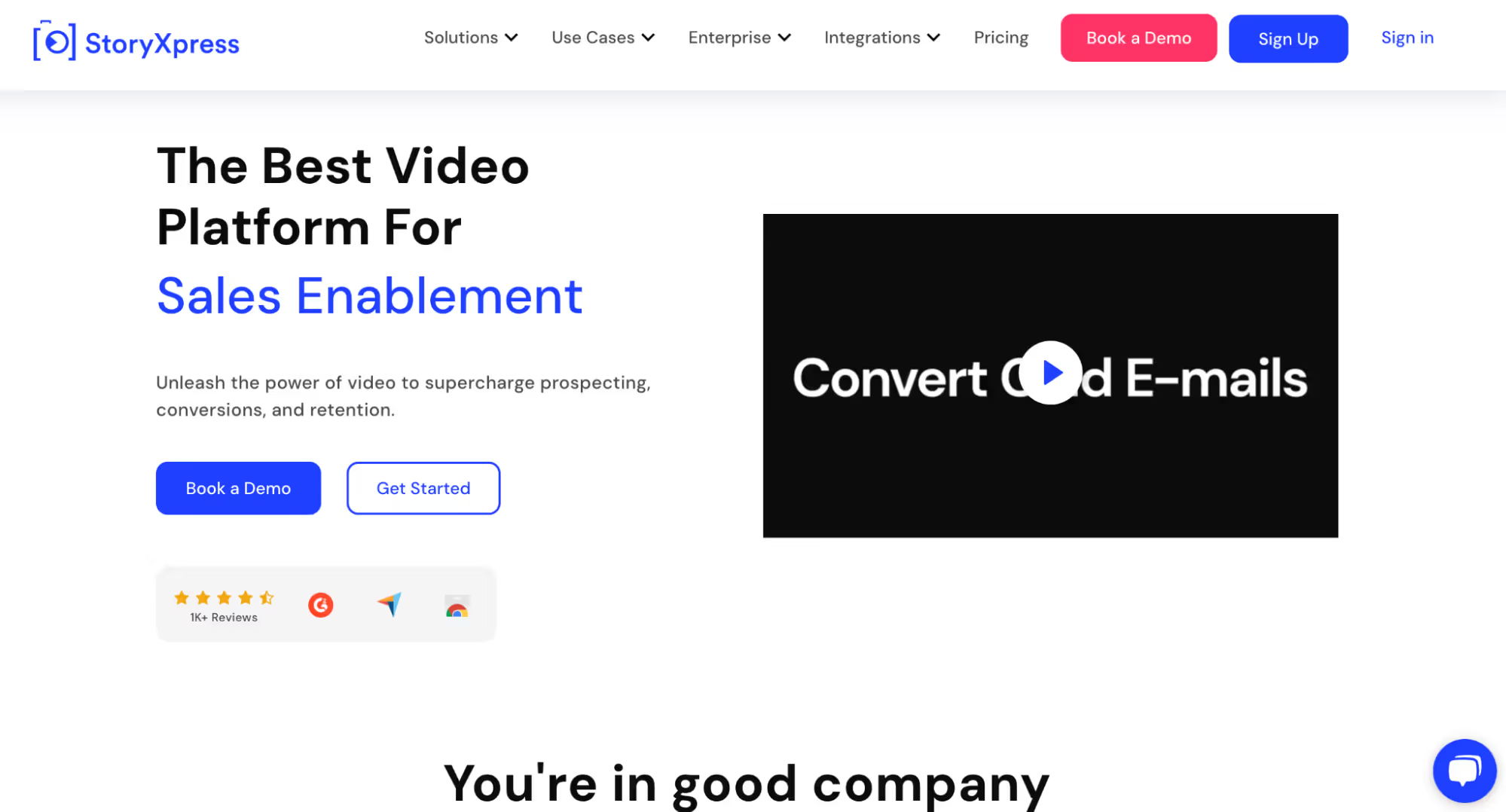
How to Lead a Meeting: 9 Steps for Success
Leading meetings can be a daunting task, with fears of inefficiency and lack of engagement creeping in. With the right approach, it doesn't have to be that way. Your team is on the same page as you, wanting success, so all you need to do is channel these desires and forge them into a great meeting. Learn how to do this in 9 steps here.
When you think of your meeting time, it should conjure up mental images of open discussions and teammates sharing ideas in an environment carefully tailored by you and your fellow attendees. If this isn't quite your experience, you're not alone. Meeting management and leading meetings are tricky yet critical skills, but fortunately, you're in the right place to start leading better meetings and transforming these gatherings into your own productive hubs.
Before we get our teeth into the first step, let's add some context to the importance of leading better meetings. A strong meeting facilitator - soon to be you - enhances the productivity and engagement of their team in these conversations. But remember, it's not just about saving time. Rather, a well set-up meeting sets the tone for the company and instills values into every team member. Preparation, open communication and drive to progress individually and as a collective are all values that become second nature when the meeting management blueprint is as solid as a rock, so let's learn how to make yours exactly this.
1. Set Clear Objectives
If the reason for meeting isn't clear, then it's a waste of time. A successful team will use their resources carefully, whether that is financial or mental, so if you too want to become part of an effective team, make sure the objectives are set in stone before meeting time starts. Being 'set in stone' does not mean they have no room for change, because after all, they are just objectives. However, these objectives have to have the utmost clarity while being actionable and ready to spark a productive discussion.
In other words, your objectives should be the bedrock of the brainstorming, rather than a series of pre-defined action items, and therefore should define what you aim to achieve, with some flexibility of how you'll get there. Make the objective of the meeting clear, and communicate this within your meeting invitation so that every attendee knows the meeting's purpose.
This preparation encourages participants to apply their energy and thoughts to the right topics, so that they come loaded with relevant insights to share. By having this established and sent out early, you will save wasted preparation time, while making sure meeting time is specific. On average, workers spend an hour and 9 minutes before a team meeting simply preparing for what will come up. Clear objectives will lower this and unblock team members from spending pre-meeting time poorly.
2. Prepare a Detailed Meeting Agenda
Part of preparation, the meeting agenda is the next stage and intertwines pre-meeting time with actual meeting time. Within the agenda, you will want to outline key discussion areas, while allocating some time for each item and a team member who will be responsible for leading that part of the conversation. However, depending on what type of meeting you are leading, you will want to use a different agenda. Lucky for you, we have a full guide to different meeting agendas for you here.
Overall though, your agenda will help to maintain consistency across meetings, so it will be especially key to those recurring meetings, like your daily standup meeting for example. Use a template to let attendees know what to expect and how they can prepare their part, and have this agenda readily available in a clear area or project management software. This is a good way to hold team members accountable for their preparations and put some pressure on the necessity of dodging wasted time and unproductive discussions.
Bubbles can help massively here, as our AI meeting notetaker will clearly define your next steps and action items post-meeting. Alongside the full recording and transcript, you will have a precise understanding of what needs to be accomplished. By continuing your discussions asynchronously within the bubble, it will be clear which action items can be ticked off the group's to-do list and which may need further attention in the next team meeting.
Make your
meetings matter
Loved and trusted by 100,000+ users:
- Automatically Record and Transcribe Meetings
- Extremely Accurate Notes, Summaries, and Action Items powered by AI
- Works with Zoom, Google Meet, and Microsoft Teams
- Save time and follow-up with quick async videos
Simply connect your work Google or Microsoft Calendar to get started.
3. Start the Meeting with an Icebreaker
Icebreakers are not just for team-building events and bonding sessions; they are equally great for setting a positive tone for the meeting. That's not to necessarily say every meeting should get off to a positive tone, but an icebreaker will likely always be present in the communicative arsenal of a strong meeting facilitator.
For example, when dealing with bad behavior in a 1-on-1 meeting, you may want to get the scolding off the chest first, before moving into feedback and how to improve, rather than the whole tone being negative. This is a good way to lead meetings, and will show you as an understanding meeting manager.
Generally, well-chosen icebreakers, which can be as simple as an open question on a Monday regarding how the weekend went, can ease tensions, particularly when an intense meeting is about to take place. Equally, it can generate a family feeling within a team, where not everything revolves around work or those nitty-gritty tasks that keep recurring in team meetings.
4. Respect Everyone’s Time
As I said at the start, the importance of leading better meetings isn't only about saving time, but it is a significant factor. The reason is that the importance has to also lie within the current reality for millions. The amount of time workers are spending in meetings has continually risen by 8% to 10% every year since 2000. However, for most, quality is not quantity. That's because Booqed also tell us that on average, more than a full day's worth of time (31 hours) is lost in unproductive meetings per month.
At Bubbles, we are strong believers in less meetings, but better meetings. People don't like wasting their time, so if utterly impossible to replace a meeting with a bubble or other asynchronous communication method, then we need to change this reality.
An obvious place to start is respecting start and end meeting times, and where essential that the discussion continues beyond these boundaries, ask the participants of your meeting whether they have time to stay on for a bit, or whether the discussion should be continued in your bubble meeting recording afterwards (because you're savvy and use Bubbles to change your meeting game).
5. Facilitate, Don’t Dominate
Leading a meeting doesn't mean you should take full control and dominate participants. In fact, it would be a really bad meeting if there was one controlling figure stopping people giving their input. You are there to guide the meeting along its natural course, embracing meanders and changes of direction, but intervening where necessary to keep the structure.
Always encourage participation from every attendee, and get them to share ideas with freedom. Prompt the quieter participants in a friendly manner, so that you make sure their voice is also heard. In doing so, try not to single people out, as their shy persona indicates this will only make participation matters worse. Employ a few facilitation techniques like asking questions within their area of expertise, and following the question up with something like: "Ahh, John, you're the expert here aren't you". This approach is inclusive, and stops domination of the meeting by either yourself or the bolder team members.
6. Take Notes and Assign Action Items
Ahh, my favorite part of meetings. You might ask why such a boring task is viewed so positively by me, but the answer is because I don't have to do it! Bubbles Notetaker handles this for me and my teammates, and can do so for you too, without any charge (that's your action item for today).
The importance of meeting notes and action items is widespread. Not only do they ensure that decisions made within meetings translate into real action after, but they allow for progress to be tracked and for people to be accountable for their responsibilities. Traditionally, you would have a designated note taker to document the meeting minutes. Not only does this stop a team member from being fully engaged in the discussion, but it also means you are paying a lot of money for somebody to do something that can be automated in a more efficient and extensive way.
7. Use Technology Wisely
Following on from step 6, we have the further usage of the right technology for meetings. More and more meetings are being held virtually, and virtual meeting etiquette is therefore a whole new can of worms. Part of this is using technology to your benefit as the meeting leader. Many of our tips have revolved around technology in some sense, from an online team meeting agenda, through to a meeting invitation packed full of useful links for preparation, or incorporating Bubbles into your meeting management flow. Pay each technological tip attention, and they will repay your faith.
Aside from useful add-ons, there are also technologies that you cannot meet online without. These are your video conferencing tools, such as Zoom, and as the leader of the meeting, you must make sure that this tech is set-up properly, and that everyone is familiar with the tool being used. If done correctly and thoroughly, you will transform meeting time. That's because stats have shown that 40% of workers waste as much as 30 minutes solely looking for a collaborative area to hold their meeting. Embrace technology, and you will be a successful meeting leader, leading an effective team.
8. Encourage and Manage Feedback
A step that occurs during the meeting and post-meeting, constructive feedback will go a long way to refining the whole meeting process, and applies both ways. Not only should you be looking for feedback from participants regarding the actual meeting management, but you should be giving feedback to them about their participation and input. By doing so, this feedback continually enhances the meeting experience by creating a feedback loop system where you can keep iterating.
One tip for feedback is to give it the time it deserves. Don't rush your thoughts and add them to the end of the meeting. Do this after in the bubble, for example, where you can carefully curate your thoughts before your share them. Forbes tell us that 89% of HR leaders (which can encompass yourself as the meeting leader) agree that continuous feedback produces successful outcomes. Give this your all, and reap the rewards!
9. Share Meeting Notes Promptly
Another one of my favorites! You need to make sure you are distributing meeting minutes quickly post-meeting, so that your team members can get started on their action items. Luckily, I haven't had to do this recently, because Bubbles sends an email to every participant with their personalized meeting notes, a full summary, decisions, action items, and assigned responsibilities. If you are choosing not to automate this process, those are the things you will want to cover when sending the meeting notes - sounds long, doesn't it!
Conclusion
So, my newly trained meeting facilitator, you have reached the end. Remember that the goal of any good leader is to transform their group into a successful team, and that there are many ways of doing so. However, with these 9 steps, you should be assured that the outcome, if implemented well, will be a significant boost in the efficiency and effectiveness of your team meetings. Remember to be adaptable, both in discussion and in the adoption of new technology such as Bubbles. Good luck!
Collaborate better with your team
Get your point across using screen, video, and audio messages. Bubbles is free, and offers unlimited recordings with a click of a button.
.avif)
Collaborate better with your team
Get your point across using screen, video, and audio messages. Bubbles is free, and offers unlimited recordings with a click of a button.
.avif)













.avif)